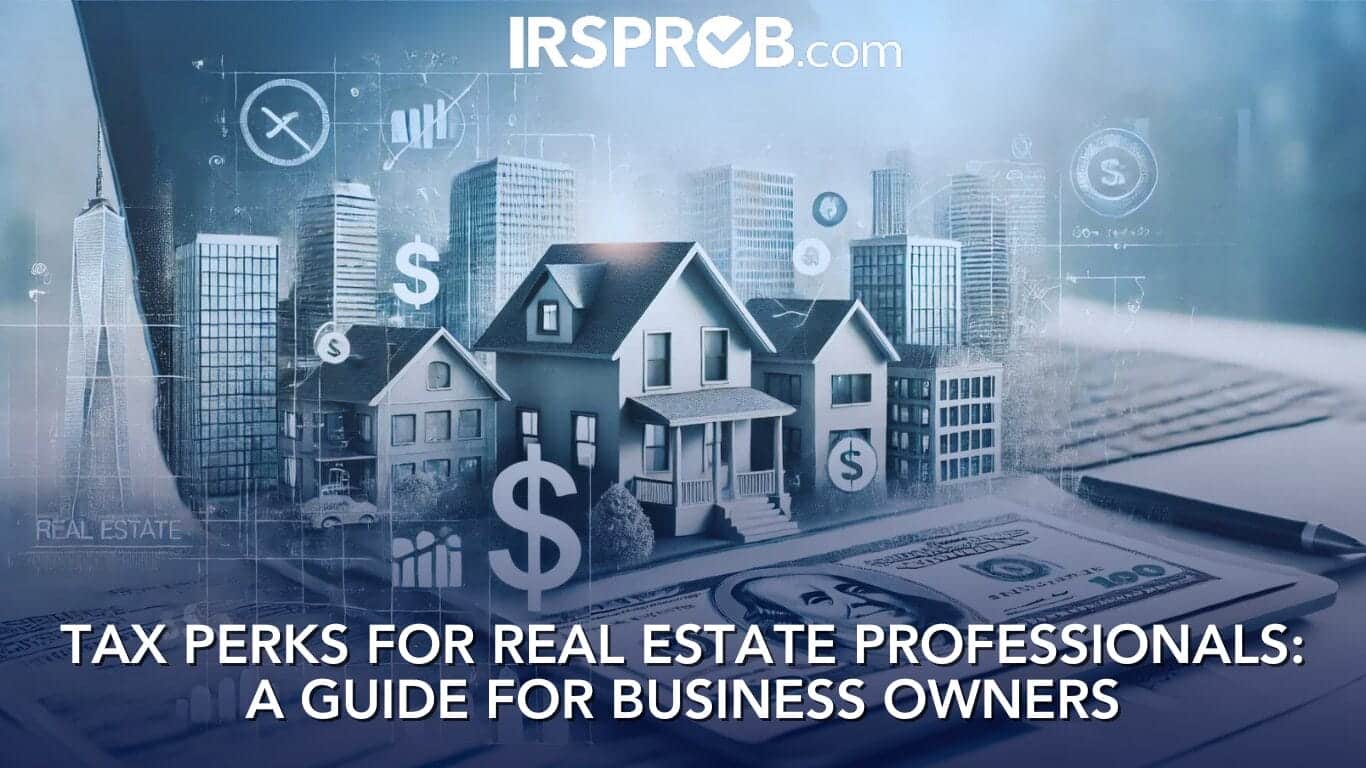
For business owners in the real estate industry, navigating the complex world of tax benefits can feel overwhelming. However, qualifying as a real estate professional can unlock significant tax savings that you wouldn’t want to miss. Here’s an easy-to-understand breakdown of what it means to be a real estate professional and how you can leverage the associated tax advantages for your business.
Passive Activity Loss Limits: A Common Pitfall
One of the most common tax hurdles for property investors is the passive activity loss limits. Under standard tax rules, losses from passive activities can only be deducted up to the amount of income generated from other passive activities. For many rental property owners, this means they can’t immediately claim losses on their rentals if the losses exceed rental income. Instead, these losses are carried forward to future tax years, waiting to be offset by future passive income.
The Real Estate Professional Exception
However, if you qualify as a real estate professional, you are exempt from passive activity loss limits when it comes to your rental properties. This exemption allows you to deduct losses in the year they are incurred, even if your rental income doesn’t cover those losses. This can be a game-changer, especially during years when rental expenses exceed rental income due to repairs or vacancies.
To qualify as a real estate professional, you must meet two main criteria:
- More than half of the personal services you performed during the tax year must be in real property trades or businesses in which you materially participated.
- You must spend more than 750 hours in those real property trades or businesses.
It’s important to note that W-2 employment hours don’t count unless you own more than 5% of the business. This rule is significant, especially for professionals who split time between different industries. For instance, if you work full-time in a non-real estate field, it is unlikely you will meet the required time thresholds to qualify as a real estate professional.
Material Participation: The Key to Unlocking Deductions
Meeting the 750-hour threshold is not the only requirement. You also need to show material participation in your real estate activities. This means being actively involved on a regular, continuous, and substantial basis. Several tests help define material participation, including:
- Participating in the activity for 500+ hours during the year.
- Being the only person or among a few who substantially participates in the activity.
- Participating for at least 100 hours, provided no one else exceeds your level of involvement.
If you own multiple rental properties, you can elect to combine them into a single activity to meet these material participation requirements. Otherwise, you would need to meet the criteria for each property separately.
Example
Imagine Leo, a real estate agent who spends more than 750 hours selling properties and managing his rentals. As a real estate professional, Leo can choose to combine all his rentals into one activity, allowing him to meet the material participation rules as a group rather than for each property individually. This helps streamline his tax reporting and maximize his deductions.
Special $25,000 Loss Allowance
For those who do not qualify as real estate professionals, there’s still some relief. You may deduct up to $25,000 in rental losses if you actively participate in the rental activity, and your modified adjusted gross income (MAGI) is below $100,000. This loss allowance phases out for incomes above $100,000 and is fully eliminated at $150,000.
If you’re married and file separately, the allowance drops to $12,500 and phases out above $50,000. However, this special allowance does not apply if you lived with your spouse at any point during the year.
The Importance of Proper Documentation
A key takeaway is the importance of documenting your time and involvement in real estate activities. The IRS places the burden of proof on you to demonstrate that you meet the real estate professional qualifications. Make sure you track your hours and activities carefully, including managing properties, overseeing repairs, and handling tenant relations.
Failure to properly document your participation can lead to the IRS classifying your activities as passive, limiting your ability to deduct losses and potentially resulting in back taxes.
Planning Ahead
Qualifying as a real estate professional can have substantial benefits, especially when it comes to deducting losses and reducing taxable income. However, the rules are strict, and the IRS closely monitors claims related to real estate professionals. If you’re unsure about whether you meet the requirements or how to structure your activities, consult a tax advisor who can help you plan and document your participation accordingly.
By strategically managing your real estate activities and taking advantage of the tax code’s provisions, you can minimize your tax liability and keep more of your rental income.
Key Takeaways:
- Passive activity loss limits apply to most real estate activities, but real estate professionals are exempt.
- To qualify, you must meet the 750-hour and material participation requirements.
- Combining rental activities can help meet material participation thresholds.
- Keep detailed records of your hours and activities to ensure you can prove your real estate professional status.
- Consider the special $25,000 loss allowance if you don’t qualify as a real estate professional.
If you spend substantial time in real estate activities, now might be the time to evaluate whether you qualify as a real estate professional and take advantage of the tax benefits available.







